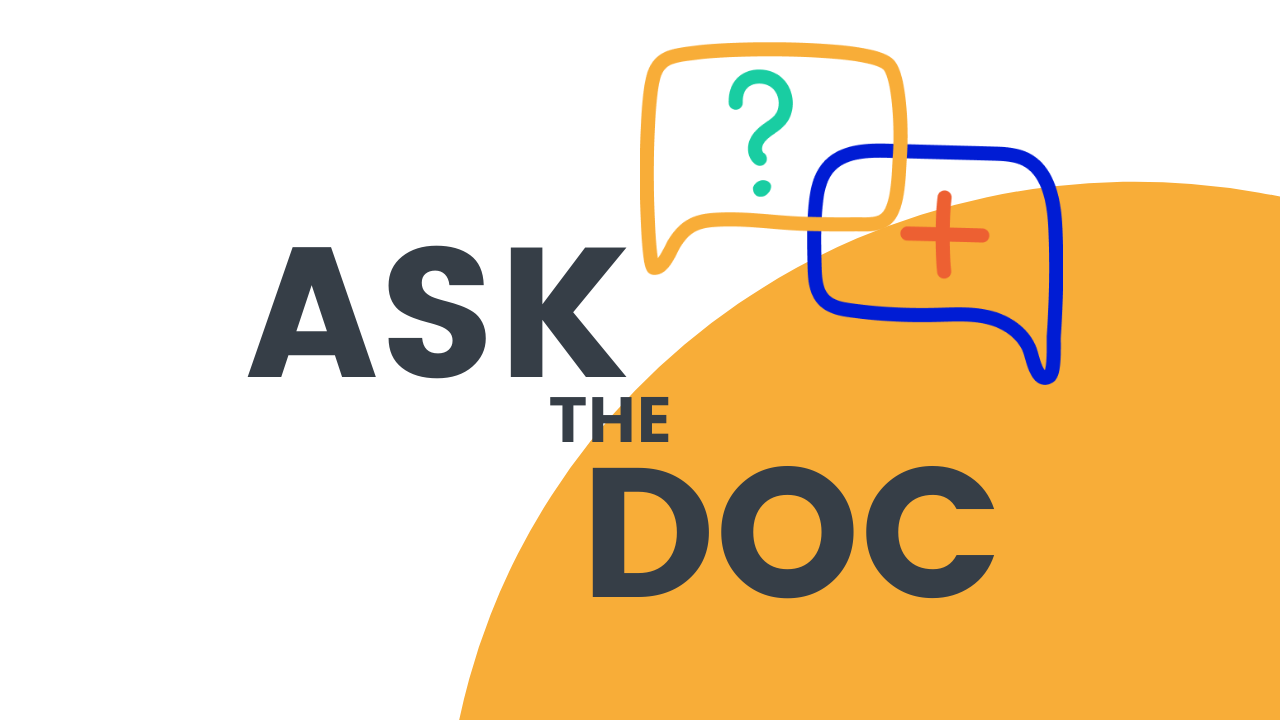Heart disease is caused by everything these days. Sometimes, it can seem easier to make a list of things that wouldn’t cause a heart condition. However, the heart disease statistics being released every day are often related to a few processes within your heart and vasculature. Understanding the science behind these types of heart disease can give you a much better idea of what to look out for.
Signs and Symptoms of Heart Disease
The Heart
Before delving into the types of heart disease, it is important to have a cohesive model of how the heart works in your mind. While the heart may seem like a single piece of muscle, it is actually divided into a left and right side. Each side is further divided into an atrium and a ventricle. The right side of the heart has an atrium that accepts used blood flowing from the veins in your body and feeds it into the right ventricle. The right ventricle pumps this “deoxygenated” blood into your lungs. After your lungs saturate the blood with oxygen, it flows back to the heart’s left side, filling up the left atrium. The left atrium feeds this fresh blood into the left ventricle. The left ventricle is a tremendously muscular organ that pumps blood throughout the rest of your body.
The entire heart is supplied by a network of arteries that begin just outside of the left ventricle, twisting down and back to perfuse every chamber of the heart with a constant supply of fresh blood. This organ runs on an electrical system that sends impulses across the atria and down the ventricles activating muscle cells along the way. This electrical pulse creates a coordinated wave of motion through the heart to create the pumping motion.
Almost anything that goes wrong in the heart is due to something in either the structure and function of the underlying anatomy, the blood supply to it, or the electrical system that coordinates it. Now that we understand how a normal heart works, let’s see a few of the more common ways that it can go wrong.
Arterial Insufficiency
The most likely, and most televised, cause of heart disease is when the blood supply to the heart is not enough. This is termed arterial insufficiency and encompasses a set of conditions like heart attacks. When the blood supply to the heart is insufficient, it can trigger a variety of receptors, typically causing pain in the chest like the set of diseases called angina. Not having enough blood also makes the heart a bit weaker, so exercise and activities that require exertion become more difficult as the heart struggles to keep up. The supply of blood can be so weak that heart muscle stops working properly and begins to die. This is the process behind a heart attack.
The arteries that supply the heart can stop working for a number of reasons. Often, fatty deposits build up in the walls of these vessels constricting their flow in a condition called atherosclerosis. Sometimes, small pieces of hardened blood called clots can drift in the bloodstream until they get wedged somewhere they can’t pass through. If they get wedged into an essential artery in the heart, then a heart attack ensues.
Heart Failure
When the different chambers of the heart grow too big or too weak to pump blood effectively and in co-ordination with each other blood begins to build up in different systems. This process is termed heart failure. The causes and consequences of heart failure are varied. However, the build-up of blood in some places in the vasculature and resulting deficiencies in others, can cause long-term damage to the organs and vessels that try to compensate. If the heart grows too big or too weak to supply itself with blood, then the damage could become dangerous.
Arrhythmia (Irregular heartbeat)
The electrical system in the heart is tightly regulated. The pacemaker in the right atrium creates an electric pulse that quickly travels across both atria before converging at a small checkpoint just above the two ventricles. After the pulse passes through this checkpoint it rushes down the wall between the ventricles and back up the sides in a cascade of peristaltic motion. Then the whole system recharges and fires again. Any defect in this system causes some discoordination in the motion of the heart called an arrhythmia. There are libraries of possible arrhythmias, but two types of particular note.
A tachyarrhythmia is when the atria or ventricles maintain a coordinated wave but beat much faster than normal. The speed of this rhythm can be minor, or so fast that blood stops being able to move through the chamber. Fibrillation is when the atria or ventricles enter uncoordinated electrical activity. The result is a rapid spasm in the chamber that does nothing with the blood and can be very dangerous. Both of these conditions can affect any part or even the whole heart. However, the essential nature of the ventricles means that either abnormal rhythm in them is often a medical emergency.
Heart Defects
This category is perhaps the broadest. The heart develops down a very complex pathway in a human embryo. There are hundreds, perhaps thousands, of different proteins involved as it grows from a few cells twisting and morphing into the complex structure that can sustain a living human. Walls can forget to develop, muscles overgrow, vessels can connect to the wrong places and valves can function improperly. The variations within this system and the consequences of them are infinite. However, one variation is so common that it can be found in a substantial portion of the population. The wall between the two atria can form with a small hole in it. This hole can be just a few millimetres and rarely causes symptoms, but does allow communication between the two chambers in certain circumstances.
The full extent of heart disease is enormous and you should go to your doctor if you would like to learn more about it. If you are interested in delving into your heart health, a genetic test could tell you about factors within this pathway that you may be predisposed to.
Click here for more information on cardiovascular genetics and how you can get a genetic test of your own.





